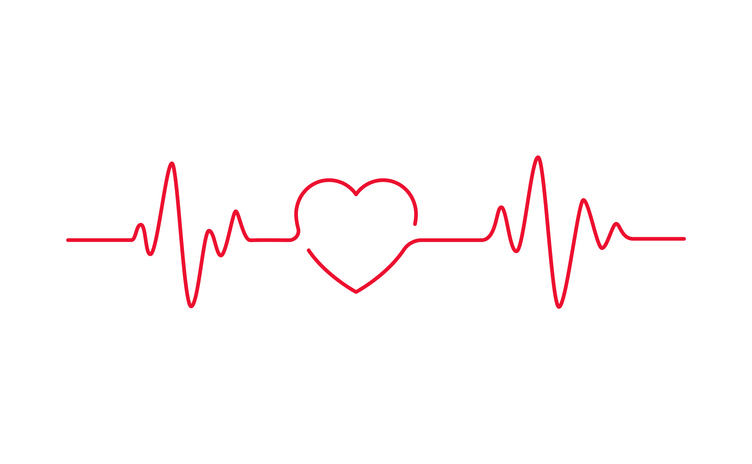A new study led by Monash University has revealed that medicine strategies following a heart attack vary from patient to patient, despite clear clinical guidelines which should apply to all heart attack patients during this period.
The researchers from Monash’s Centre for Medicine Use and Safety (CMUS) analysed post-discharge dispensing of secondary prevention medications among 15,339 heart attack admissions across Victorian hospitals over five years, and found that full utilisation of therapy is not being achieved in all patients.
Clinical guidelines recommend the use of four key groups of medicines for all patients following a heart attack, with these medications playing a critical role in the patients’ long-term management and outcomes.
The CMUS study has found that post-heart attack medicine approaches are varying depending on the approach that was initially used to restore appropriate blood flow to the arteries of the heart following a heart attack. The two approaches are ‘percutaneous coronary intervention’ (PCI) or ‘coronary artery bypass grafts’ (CABG), both typically implemented during admission or within 30 days of discharge.
Lead author, Grampians Health consultant cardiology pharmacist and CMUS PhD candidate Mr Adam Livori, said both PCI and CABG have revolutionised the management of heart attacks; however, use of secondary prevention medications differs depending on the approach used.
“Despite clear evidence of medication benefits during the 12-month period following a heart attack, we are seeing particularly low dispensing of all four guideline-recommended medication classes following CABG, with one study reporting clinical guideline dispensing as low as 32 per cent,” said Mr Livori.
“Comparatively, dispensing of all four recommended medication classes was more common among people undergoing PCI. This is largely due to far fewer people who underwent CABG being dispensed P2Y12 inhibitors (a blood thinning medication), which is one of the four drug classes recommended.”
The four drug classes recommended within the post-heart attack clinical guidelines include P2Y12 inhibitors (blood thinners), statins (cholesterol lowering drugs), ACE inhibitors/angiotensin receptor blockers (to manage high blood pressure and heart muscle repair), and beta-blockers (to improve oxygen supply to the heart and heart muscle repair).
“Our findings show a relatively high uptake of cholesterol lowering medications for all patients; however, use of other secondary prevention medications were lower in people who underwent CABG compared with PCI,” said Mr Livori.
“Given guideline recommendations are fairly consistent for those who undergo CABG and PCI, further research is needed to understand the drivers behind these observed differences so that implementation efforts to improve uptake of secondary prevention medications can be undertaken. We did see positive changes over the course of the cohort, and as more recent linked data becomes available, we can learn more about trends in use over time.”
Data for this study was generated between 2012 and 2017.
CMUS sits within the Monash Institute of Pharmaceutical Sciences, located in Parkville,
This study has been published in Heart, Lung and Circulation.







